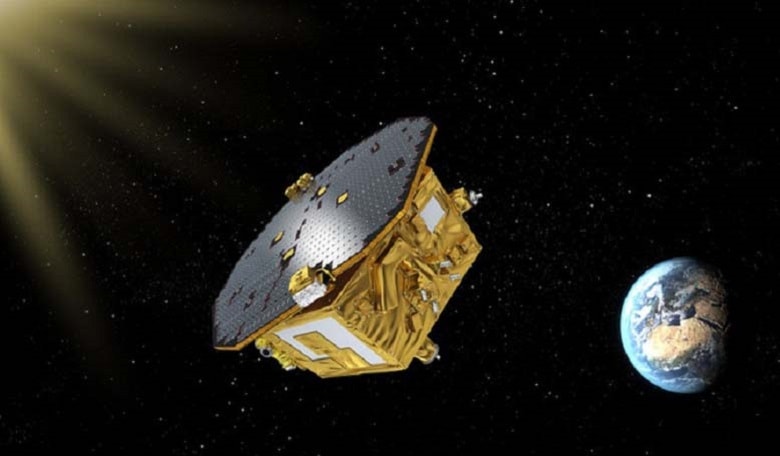According to a press release from AirBus Defence and Space, test masses of ESA's LISA Pathfinder were released successfully.
LISA Pathfinder was built by Airbus Defence and Space and is the European Space Agency’s gravitational-wave detection technology demonstrator. Airbus Defence and Space is the world´s second largest space company. Satellite operators from ESA, supported by engineers from Airbus Defence and Space, successfully released the test masses (nicknamed Jake and Elwood) inside the spacecraft´s scientific instrument.
The LISA Technology Package (LTP), which weighs around 150 kilograms, includes laser interferometers measuring changes in the distance between two precision-engineered gold/platinum test masses, each weighing 1.96 kilograms and changes in distance of these test masses to the spacecraft.
Now in orbit around Lagrange point L1, 1.5 million km away from Earth, the two test masses have been released from a grabbing, positioning and release mechanism and held in position with a weak electrostatic field that can be very precisely controlled. Over the coming weeks, the spacecraft control system, also developed by Airbus Defence and Space, will reduce the electrostatic force on the test masses, culminating in the science mode of operation, when no force is applied to one test mass along the axis connecting the two masses. The spacecraft is then forced to follow this “drag-free” test mass.
The laser interferometers measure the relative position and orientation of the masses – which are 40 centimetres apart – to an accuracy of less than one millionth of the width of a human hair, or less than 0.01 nanometre.











